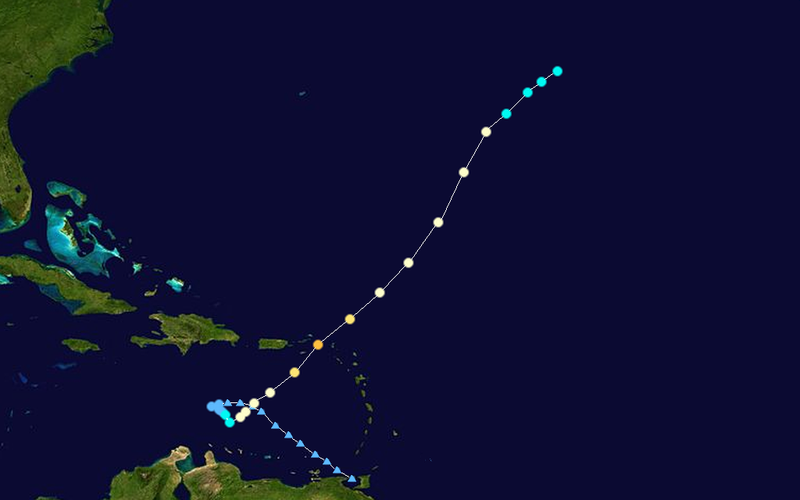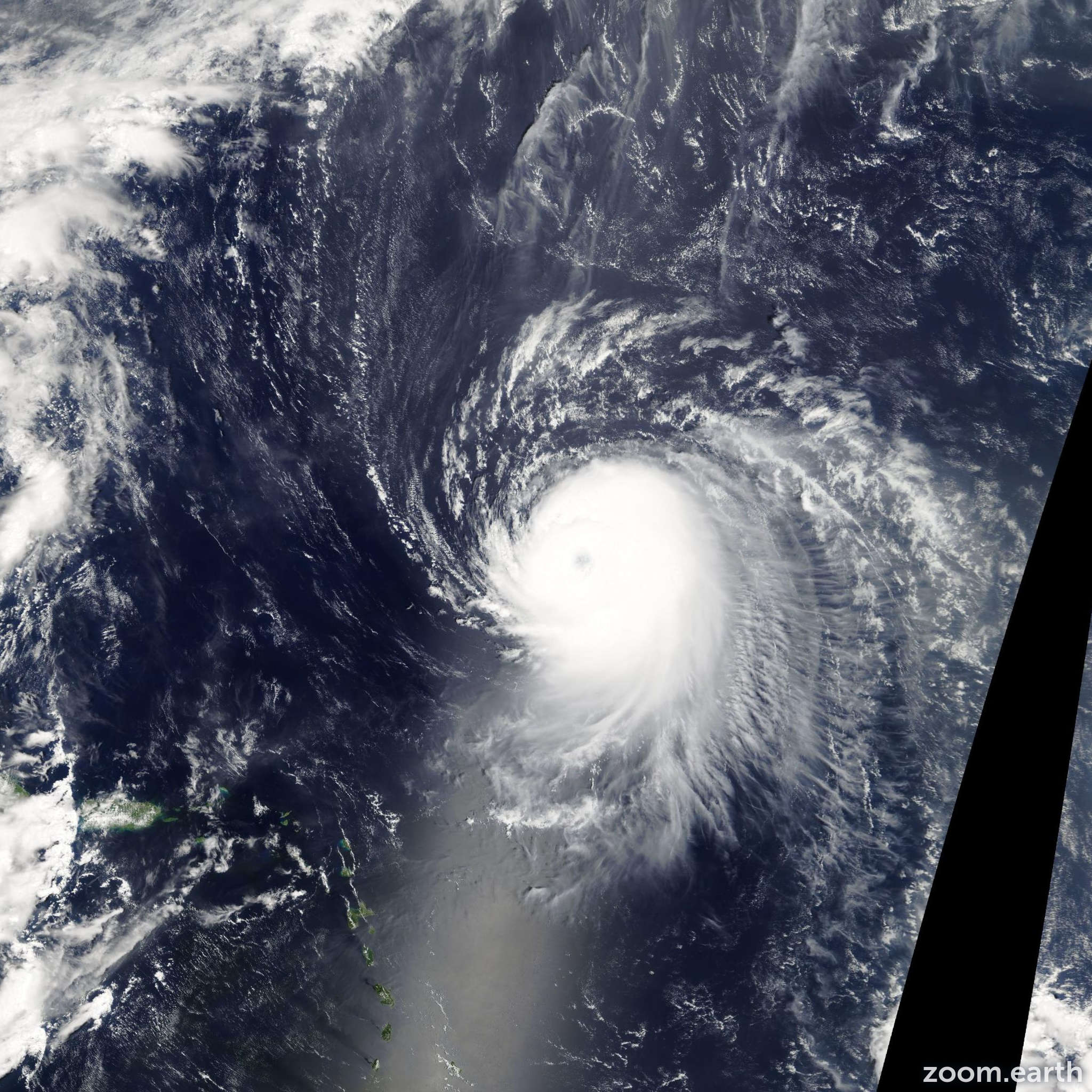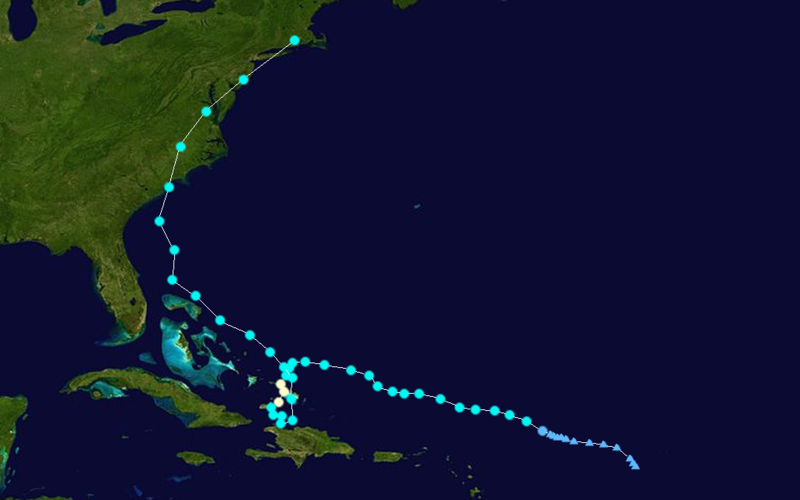

On July 8 Bertha began to quickly weaken under increasing wind shear and was downgraded to a Category 2 hurricane later in the morning. EDT (2300 UTC) that evening as objective intensity estimates were at about 135 mph (215 km/h). Later in the evening, the National Hurricane Center said that Bertha may have been stronger than 115 mph (185 km/h) between 3 p.m. The deepening later became more rapid, and Bertha strengthened into a Category 3 hurricane late that afternoon. Intensification continued into the morning of July 7 when Tropical Storm Bertha strengthened into a hurricane, the first of the season. Bertha began to strengthen on July 6 as microwave images showed a developing eye-like feature.

Over the next few days, the system started to move over warmer waters again, while moving west at over 25 mph (40 km/h). Despite low wind shear, Bertha remained a weak tropical storm due to cool sea surface temperatures. īertha continued on a westward motion as the storm moved under a ridge of high pressure. The National Hurricane Center noted that this tropical cyclone was remarkably forecast up to a week in advance by many global computer models. Six hours after becoming a depression, it was upgraded to Tropical Storm Bertha, the second named storm of the season. The depression organized further and developed two distinct bands of convection. The National Hurricane Center upgraded the system to Tropical Depression Two in the morning hours of July 3 after the system was able to maintain convection over its center for at least 12 hours. By early the next day, a surface low developed and the wave became better organized. On July 16, Bertha curved back to the southeast due to the influence of a deep cyclone to its east, and then turned northeast, reaching hurricane strength before becoming extratropical on July 20.Ĭontents * 1 Meteorological historyĮarly on July 1, a strong and large tropical wave emerged off the coast of Africa.

The system moved within 40 miles (64 km) of Bermuda on July 14 before moving northeast away from the island. Thereafter, it drifted north-northwest towards Bermudabefore slowly looping to its southeast on July 12 and July 13. The hurricane weakened during the day on July 8, due to a nearby upper level low to its northeast. Bertha continued to strengthen and became the first hurricane of the season on July 7, as well as the first major hurricane, later that day. Late on July 6, Bertha began to strengthen well to the east of the Northern Leeward Islands. Bertha moved westward over the next few days as a weak tropical storm. The system quickly strengthened into Tropical Storm Bertha on July 3. Tropical Depression Two formed about 250 miles (405 km) south of Cape Verde. The second named storm of the 2008 Atlantic hurricane season, Bertha developed from a tropical wave that emerged off the coast of Africa on July 1. It is both the longest-lived July Atlantic tropical cyclone on record, and the easternmost forming July tropical storm on record. Hurricane Bertha was a rare early season Cape Verde-type hurricane.
2008 hurricane track free#
As with Hurricane Wiki, the text of Wikipedia is available under the GNU Free Documentation License. The list of authors can be seen in the page history.

The original article was at wikipedia:en:Hurricane Bertha (2008).


 0 kommentar(er)
0 kommentar(er)
